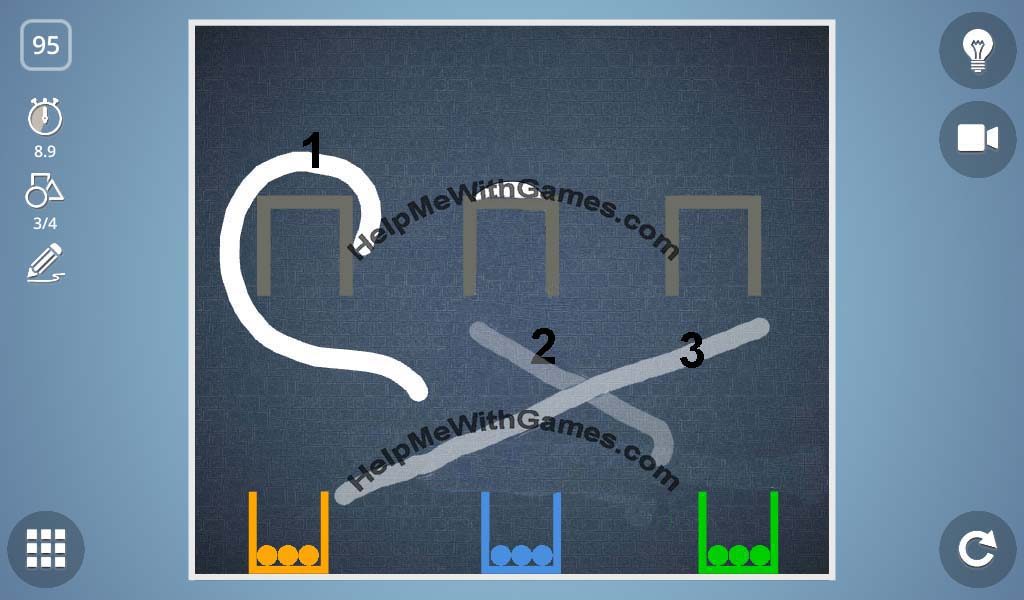

The smallest branches (capillaries) of the arteries in the brain supply the brain cells with oxygen and nutrients from the blood – but they do not let other substances pass as easily as similar capillaries in the rest of the body do. The advantage of these connections is that blood supply problems in the brain can be compensated for to some extent: For example, if a branch of an artery gradually becomes narrower, blood can still flow to the part of the brain it supplies through these alternative routes (collateral blood flow). The arteries are connected to each other in other areas as well.

In this area, they are connected to each other by smaller blood vessels – forming a structure similar to a traffic circle.

It is supplied with blood from the vertebral arteries, which are also major arteries of the neck.īefore the three arteries reach “their” brain region, where they split into smaller branches, they are close together below the brain. The posterior cerebral artery supplies the back of the head, the lower part of the brain, and the cerebellum.


 0 kommentar(er)
0 kommentar(er)
